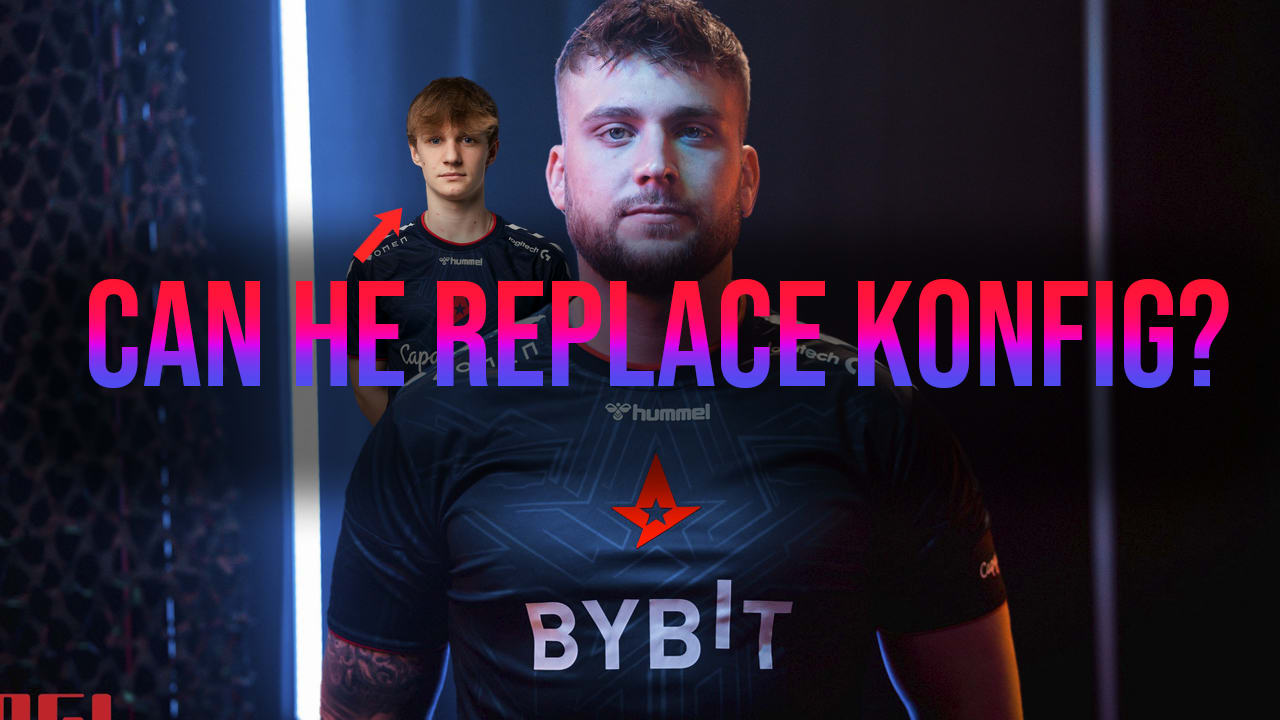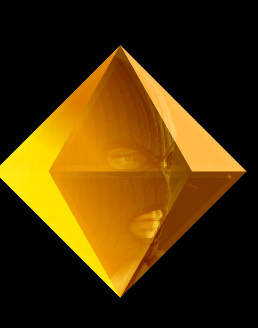How successful are the academy projects?
A look into the impact the academy projects have on the CS:GO scene as a whole.
The recent news of both OG and Fnatic putting their academy projects on hold came to me at first as a surprise, for me the academy projects as a whole were more successful than what I had expected initially. Their tournaments had a considerable amount of viewership, the players were given exposure and support and, on top of that, top tier players were being produced (as it is shown in both b1t and m0NESY rookie year’s performance).
However, my perspective was that of a spectator, I never stopped to think about how profitable these projects were and the “risk” involved in them. If we look at the players who transitioned the best to tier 1 (m0NESY, b1t, xertioN, JDC, torzsi) we also have to look at the players who had a tough transition.
Just to clarify, a decrease in rating when transitioning into tier 1 is both expected and normal, even the players that I used as examples of a good adaptation to tier 1 suffer from it, therefore, it is not the only indicator to determine if the player managed to adapt or not to the highest level of counter-strike.
The best examples of players not adapting completely to tier 1 are, in my opinion, MistR, ztr, LNZ and phzy, however it is not completely on them that they didn’t manage to adapt. In all cases they were called to fill a gap for the time being, in other words, they were not supposed to be there, which is a completely opposite case to the players that I mentioned did adapt well. In the case of the three ex-NIP players they were called into a team that already had structure and identity problems, which only got worse when device took the mental health break. For MistR it was moreless the same, Astralis was already struggling to find a consistent way to win as they heavily depended on both blameF and k0nfig to have stellar performances and when the latter was let go due to some issues the lack of firepower was more evident than ever, and Astralis knew MistR wouldn’t fill that gap.
See the pattern yet? When the team wants the player to permanently be part of the roster (G2 signing m0NESY, MOUZ adapting the system to the ex-academy players, Na’Vi trying out b1t before fully introducing him) they end up adapting well to tier 1 and in some cases reaching super-star levels of performance and when the team only promotes the academy players in order to temporarily fill a gap these players are not given the chance nor the necessary support to fully transition.
We have already seen that the academy project can produce plenty of players different in skill and style, and these have varying results that are directly affected by the organization’s commitment on said player, but what about the players that are never called to fill a gap or to be promoted permanently to the main roster?
Without exact numbers of players and staff’s salaries and how much revenue the team as a whole generates we will never know for sure if the academy projects are profitable or not (or if it is result-dependent). However, the fact that OG and Fnatic (two well established organizations not only in CS:GO) have decided to put them on hold tells that at the very least it is an investment of both time and money to consider and some organizations might just want to be extra safe.
One can only speculate and hope, maybe they will resume their academy projects in the near future, maybe they won’t, I don’t really know, but I do hope that this is not the beginning of the end for the academy projects as a whole because I think they are really healthy for the professional scene and offer unique opportunities.








































